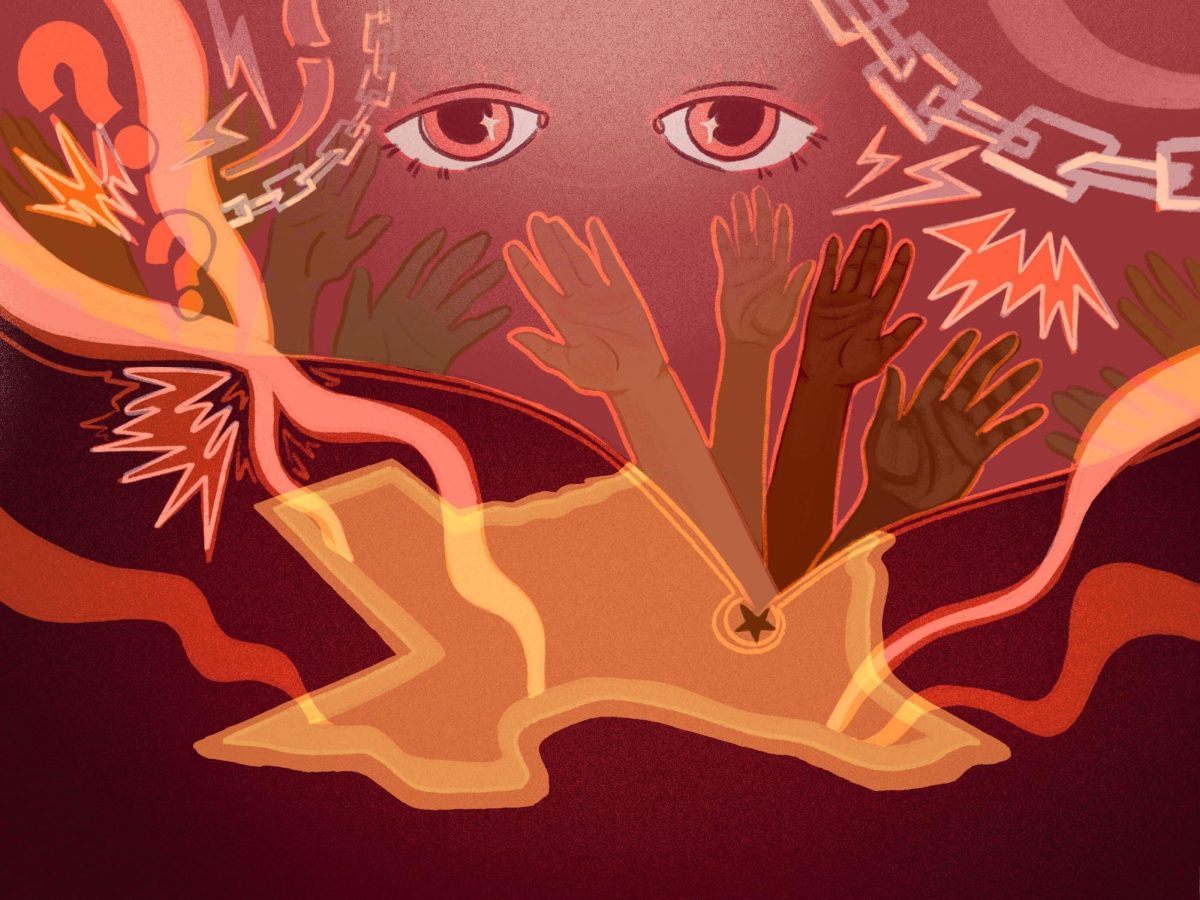At its meeting Monday, Faculty Council discussed a new University policy, issued Jan. 11, prohibiting camping on University property. Few in attendance doubted what triggered the policy change: the Occupy movement, which is moving nationwide to campuses.
The University cited its commitment to a “clean, aesthetically pleasing, healthy and safe work, educational and living environment” as its rationale for implementing the new rule. Some University officials expressed doubt that UT’s sudden allergy to camp-outs and the Occupy Wall Street Movement were linked, but irrespective of any immediate reasons for the change, its imposition may have worrisome consequences for students’ First Amendment rights in the future.
UT has a long and significant history of student protest, as chronicled by UT Watch.
In October of 1944, when then-University President Homer Rainey fired UT economics professors whose teachings upset the UT Board of Regents, 8,000 students, faculty and staff marched down the Drag in objection to his decision.
Some 15 years later, the first student-led civil rights protest in the University’s history occurred in March of 1960, when black students picketed a Board of Regents meeting to object to their exclusion from much of University student life. A strong and lasting civil rights movement at UT grew and flourished in the ensuing years. In 1961, students staged successful sit-ins in protest of the segregation of the Drag. In October 1965, Students for a Democratic Society held the first student-led, anti-war protest at the University. After the The Daily Texan editorial board supported the march, Frank Erwin, then-chairman of the UT System Board of Regents, threatened to abolish the board.
In 1970, police fired tear gas at the 3,000 UT students, staff and faculty marching in honor of the four students shot by the U.S. National Guard at Kent State University. In response, University officials added landscaping to the West Mall to prevent large groups from congregating in the area.
More recent examples speak to the continued tradition of protest. In 1986, more than 180 people were arrested on the Main Mall after they rallied in a call for more free speech on campus.
In 1997, a UT law professor’s claims that African-American and Mexican-American students were not academically competitive spurred more than 7,000 students, staff and faculty to rally. And fewer than 10 years ago, in 2003, 3,000 students walked out in objection to a potential war in Iraq. The walk-out occurred after students bearing tents and signs camped out for three nights on the Main Mall.
The preceding list is by no means exhaustive, but it makes clear that UT students’ rights to free speech in the form of physical protest constantly defined the social and physical grounds on which UT exists today.
The new anti-camping policy’s stated purpose is that it “allows the University to control University buildings and grounds consistent with the rules and regulations of the Board of Regents … prohibiting the use of University property or buildings for purposes unrelated to the regular programs and activities of the University.” Some argue that the stated purpose of the Occupy movement is less clear and that the cost of connected campsites to host grounds are clearly high. But this new policy, which excepts University authorized artistic performances, tailgating and camping in times of natural disasters, could be twisted in the future to silence student protest. Without student protests in the past, this University would be a very different place today.
So far, overall student response to the new policy has been nil. Whether you support the Occupy movement or have plans to camp on campus, University officials have daringly revoked your option to do so without much noise made in protest. That itself is cause for alarm.















